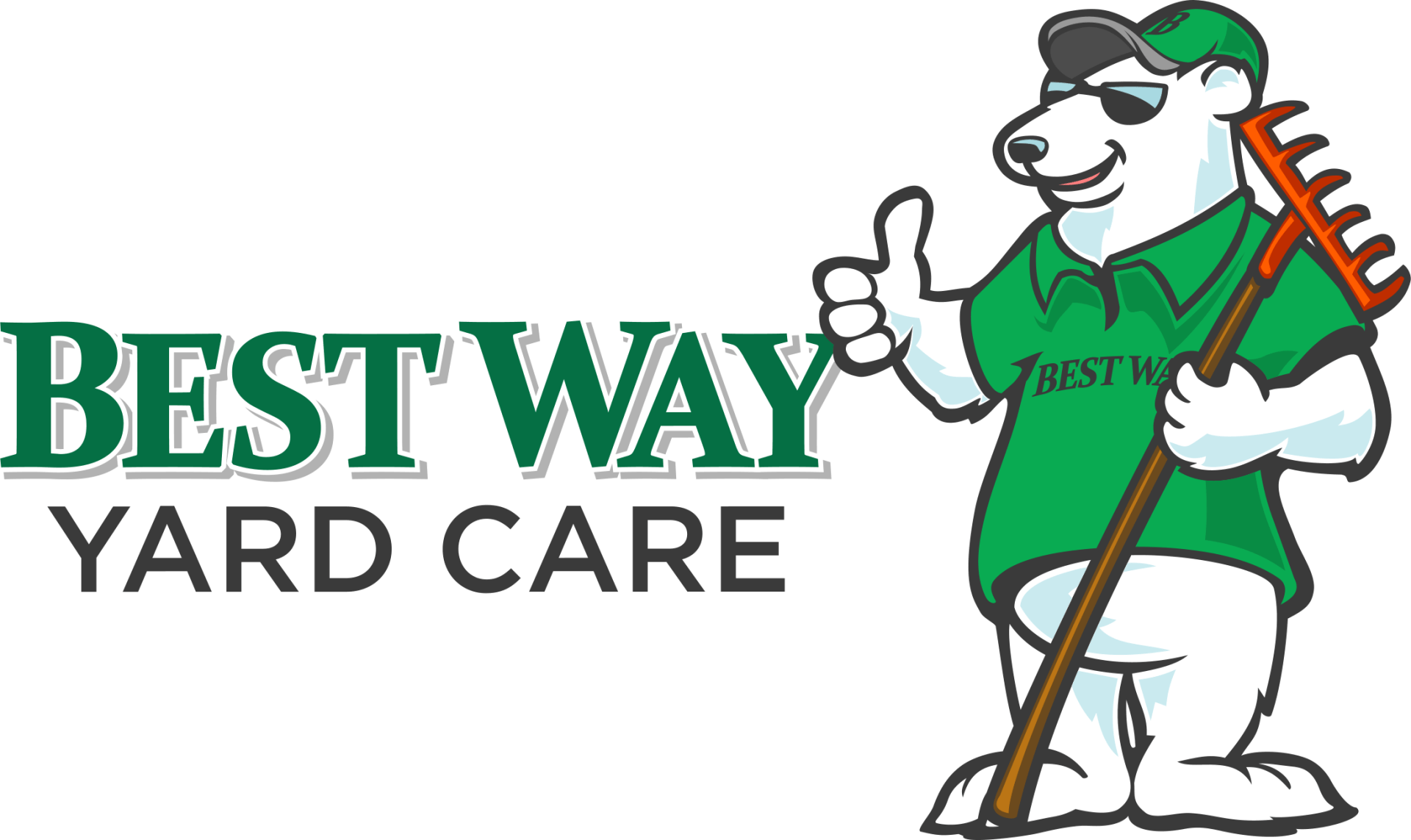Aeration & Overseeding
OUR AERATION & OVERSEEDING SERVICES
Why Core Aeration?
Grass roots need oxygen, water and nutrients to grow well and make your lawn look luscious. Compact soil and thatch build up prevent your grass roots from getting what they need causing your grass to struggle. Aeration helps eliminate both problems. Every lawn benefits from aeration at least once a year.
How Is It Done?
An aerator pulls out thousands of plugs of thatch and soil, each about the size of a finger, from your lawn. The hollow blades of the aerator cut through the thatch layer and into the soil, then leave the plugs to decompose on top of the ground. The wide open paths where the plugs used to be allow for easy penetration of life-giving air, water and nutrients.
What’s the problem with thatch, anyway?
Thatch is the layer just above the soil of decaying plant life—mainly dead grass stems, crowns and roots. If thatch continues to build up it forms a habitat for insects and disease. Aeration is an easy way to break throughout the thatch and open up the soil beneath.
Why worry about compacted soil?
Soil can become compacted and dense. It’s hard for anything, including roots of plants, to get through. Taking out plugs gives the soil a new lease on life. Soil and roots can expand into the created spaces. It’s also easier for worms and other helpful insects to move through the soil bed. And, as an extra benefit, as the plugs left on the lawn surface break up, they mix with the thatch and help it decompose.
Overseeding
If your lawn is thinning out, appearing weak or just not as healthy looking as it should be, over-seeding may be your answer. Over seeding together with core aeration is an effective way to bring life back into your lawn. It is important to over seed every 3-5 years. New grass will be more resistant to diseases. Over seeding together with core aeration will help thicken your lawn which in turn will thwart out weeds. Healthy thick lawn is nature’s way to win against weed problems. You may not need to use weed chemicals again!
Preparation
Mow your lawn so the grass is between 1 and 11/4 inches in length. This is the one time that it is ok to cut your lawn short. The reasoning behind this is to allow the seeds to come in contact with the soil. If the seed does not touch the soil it will not grow. It is important to collect the crass clippings so that clippings don’t interfere with seed contacting the soil.
Overseeding is by far the most effective when done in conjunction with core aerating. Core aerating before over-seeding will dramatically increase the germination rate of the seed used. The removal of a plug during aeration relieves soil compaction, while increasing gas exchange and water availability to the roots. Two or three passes with the aerator in different directions is best. Core aeration allows the seed to drop into the holes witch allows for better germination. Don’t worry about picking up the plugs; they can be left on the surface to breakdown naturally. In a few weeks they will be gone and your soil will be less compact!
Keeping Seeds Moist
After overseeding your lawn, the seeds will need moisture to germinate. Keep the soil moist (but not wet) by lightly sprinkling two to three times a day throughout the required germination period. If the seed is allowed to dry out, you will lose 30% of the yield.
Once your grass begins sprouting, cut down on the amount of water. Instead, water less frequently, but a little deeper. Be careful not to soak the soil repeatedly or you could encourage root rot diseases. As the grass grows, allow the soil to dry slightly before watering again. The greatest danger to seedlings is over watering and soaking the soil, which could lead to disease (root rot) problems or under watering and drying out the tiny roots.
Be patient! Don’t cut the grass for 3 weeks. This will allow the seeds to germinate and root..
Using a Starter Fertilizer
When overseeding lawns, you may want to consider having a starter fertilizer application before or directly after seeding. Starter fertilizers will contain higher amounts of phosphorus (Middle number on the bag of fertilizer).
The reason for the increase is because phosphorus is relatively immovable in the soil. The soil may contain plenty phosphorus already, but since it doesn’t move, it may not be where the tiny roots can reach it. Even if phosphorus levels are good, adding a starter fertilizer will not usually hurt.
The only drawback is that weed seeds will benefit from the added phosphorus as well. However, when you remember that a thick turf is your best defense against weeds, added phosphorus will only help you achieve your goals.
OUR RESIDENTIAL & COMMERCIAL
LAWN CARE SERVICES
AERATION
& OVERSEEDING
COMMERCIAL LAWN CARE & MAINTENANCE
COMMERCIAL
TREE SERVICES
All Rights Reserved | Best Way Yard Care
